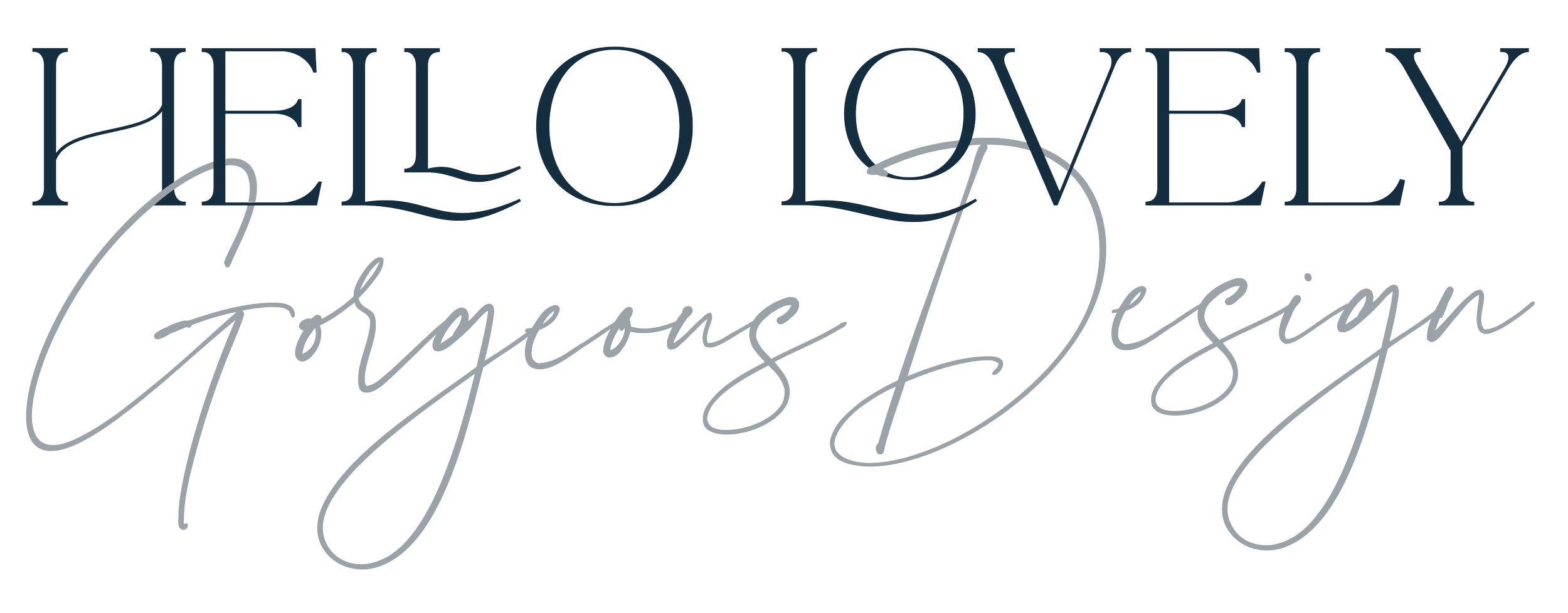Book design and publishing: JPEG and other images
Image files come in all sorts of formats but they aren't always the same quality even if the content is the same.
How do you know which is best for the work you’re doing? In general, there are graphics formats suitable for printing which have a higher resolution and those for on-screen viewing or online publishing. Within each group, there are also formats that are better than others for the same task.
JPEG (also known as JPG), file types ending in .jpg
JPEG stands for Joint Photographic Experts Group, which created this standard for this type of image formatting. JPEG files are images that have been compressed to store a lot of information in a small-size file. Most digital cameras store photos in JPEG format, because then you can take more photos on one camera card than you can with other formats.
A JPEG is compressed in a way that loses some of the image detail during the compression in order to make the file small (called “lossy” compression).
JPEG files are usually used for photographs on the web, because they create a small file that is easily loaded on a web page and also looks good but are rarely used in print unless the history is known to the designer.
JPEG files are bad for line drawings or logos or graphics, as the compression makes them look “bitmappy” (jagged lines instead of straight ones).
TIFF (also known as TIF), file types ending in .tif
TIFF stands for Tagged Image File Format. TIFF images are HUGE, this is because the images are uncompressed and contain a lot of detailed image data. This makes them really great for colour use (they can be grayscale, or CMYK for print, or RGB for web) and content (layers, image tags).
TIFF is the most common file type used in photo software (such as Photoshop), as well as InDesign for page formatting. But be warned you’ll need to use a third party site like We Transfer to get these files sent. They’ll never get onto email.
GIF, file types ending in .gif
GIF stands for Graphic Interchange Format. This format compresses images but, as different from JPEG, the compression is lossless (no detail is lost in the compression, but the file can’t be made as small as a JPEG).
GIFs also have an extremely limited colour range suitable for the web but not for printing. This format is never used for photography, because of the limited number of colors. GIFs can also be used for animations.
PNG, file types ending in .png
PNG stands for Portable Network Graphics. It was created as an open format to replace GIF, because the patent for GIF was owned by one company and nobody else wanted to pay licensing fees. It also allows for a full range of colour and better compression.
It’s used almost exclusively for web images, never for print images. For photographs, PNG is not as good as JPEG, because it creates a larger file. But for images with some text, or line art, it’s better, because the images look less bitmapped or pixellated.
When you take a screenshot on your PC or Mac, the resulting image is a PNG because most screenshots are a mix of images and text.
Raw image files
Raw image files contain data from a digital camera (usually). The files are called raw because they haven’t been processed and therefore can’t be edited or printed yet. There are a lot of different raw formats–each camera company often has its own proprietary format.
Raw files usually contain a vast amount of data that is uncompressed. Because of this, the size of a raw file is extremely large. Usually they are converted to TIFF before editing and color-correcting.
Takeaway
Do check with your designer on the types of images that you should be supplying for the work you’re doing before you start to source images.
